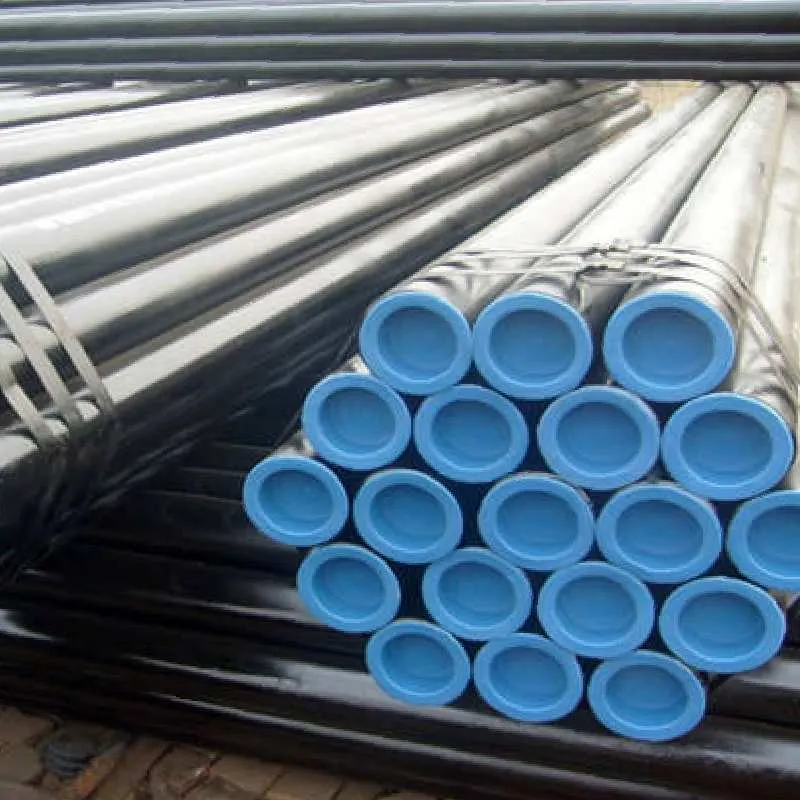Current location:
150 lbs flange
Date:2025-08-17 21:25:57 Read(143)

Understanding EN 1092-1 PN6 Flange Dimensions Flanges are critical components in piping systems, providing a means to connect pipes, valves, pumps, and other equipment. Among the various standards governing flange dimensions, EN 1092-1 is particularly important in Europe, as it sets the specifications for flanges used in pressure applications. This article will focus on PN6 flanges under the EN 1092-1 standard, explaining their dimensions, characteristics, and applications. Overview of EN 1092-1 EN 1092-1 is a European standard that defines the requirements for flanges used in various applications, particularly in the petrochemical, chemical, and water industries. The PN in PN6 refers to the nominal pressure rating (in bar), and the number indicates the maximum pressure that the flange can withstand at the specified temperature. A PN6 flange is designed for a maximum working pressure of 6 bar (approximately 87 psi), making it suitable for low-pressure applications. The standard covers different flange types, including flat, raised face, and ring joint flanges, allowing for versatility based on the specific requirements of a piping system. Dimensions of PN6 Flanges The EN 1092-1 standard specifies various dimensions for PN6 flanges, ensuring consistency and compatibility across different manufacturers. Key dimensions include 1. Diameter The outside diameter (OD) of PN6 flanges varies based on the nominal size of the pipe they are intended to connect. Common sizes range from DN10 to DN1000 . For instance, a DN50 PN6 flange has an outside diameter of approximately 160 mm. 2. Bolt Holes Each flange is drilled with bolt holes that allow for connections to be made with fastening hardware. The number and diameter of the bolt holes depend on the flange size. Typically, the hole diameter for PN6 flanges ranges from 12 mm to 24 mm, with arrangements varying based on the standard size. en 1092 1 pn6 flange dimensions 3. Thickness The thickness of the flange is also a critical aspect; for example, a DN50 PN6 flange has a thickness of around 16 mm, whereas larger diameters will have increased thicknesses to maintain structural integrity under pressure. 4. Face Types PN6 flanges can come with different facing types, including flat face (FF), raised face (RF), and others. The choice of face type affects the sealing capabilities and the compatibility with other flange types. Materials Used EN 1092-1 PN6 flanges can be manufactured from various materials, including carbon steel, stainless steel, and ductile iron. The choice of material depends on factors such as the fluid being transported, temperature, and environmental conditions. For instance, stainless steel flanges are preferred in corrosive environments, while carbon steel flanges offer good mechanical properties for general applications. Applications of PN6 Flanges Due to their low-pressure rating, PN6 flanges find applications in numerous sectors, including - Water Supply Systems They are commonly used in municipal water pipelines, where low-pressure connections are frequent. - Chemical Processing In facilities that deal with low-pressure chemicals, PN6 flanges provide safe and reliable connections. - HVAC Heating, ventilation, and air conditioning systems often utilize PN6 flanges in different configurations. - Food and Beverage Industry Certain applications in this sector demand low-pressure connections that meet hygiene standards, making PN6 flanges an appropriate choice. Conclusion EN 1092-1 PN6 flanges play a crucial role in various industries, providing safe, standardized connections in low-pressure settings. Understanding their dimensions and materials helps engineers and designers select the right components for their piping systems, ensuring functionality and safety. As industries evolve and standards continue to develop, the role of flanges like the PN6 under the EN 1092-1 standard remains vital in ensuring reliable and efficient operations. By adhering to these specifications, companies can enhance their piping systems' integrity and performance, ultimately leading to safer and more efficient industrial processes.
Share:
Previous: Carbon Steel Butt Weld Fittings Overview and Applications for Industrial Use
Next: Exploring 3% and 4% Blind Flanges for Industrial Applications and Specifications
Kind tips:The above content and pictures are compiled from the Internet and are for reference only. I hope they will be helpful to you! If there is any infringement, please contact us to delete it!
You may also like
- en 1092 1 flange dimensions
- flange inox ansi 150
- Exploring ANSI B16.5 Flange Standards and Their Industry Applications
- Coude à 90 degrés en acier inoxydable 3% pour applications industrielles et domestiques
- Flange Design Specifications for ANSI 150 Standards in Industrial Applications
- Exploring the Benefits and Applications of 316 Stainless Steel Pipes in Industries
- Exploring the Benefits and Uses of Welded Fittings in Construction and Industry
- Exploring the Efficiency and Advantages of Automated Pump Systems in Modern Industries
- Exploring the Efficiency and Applications of Indux WG Pumps in Modern Industries